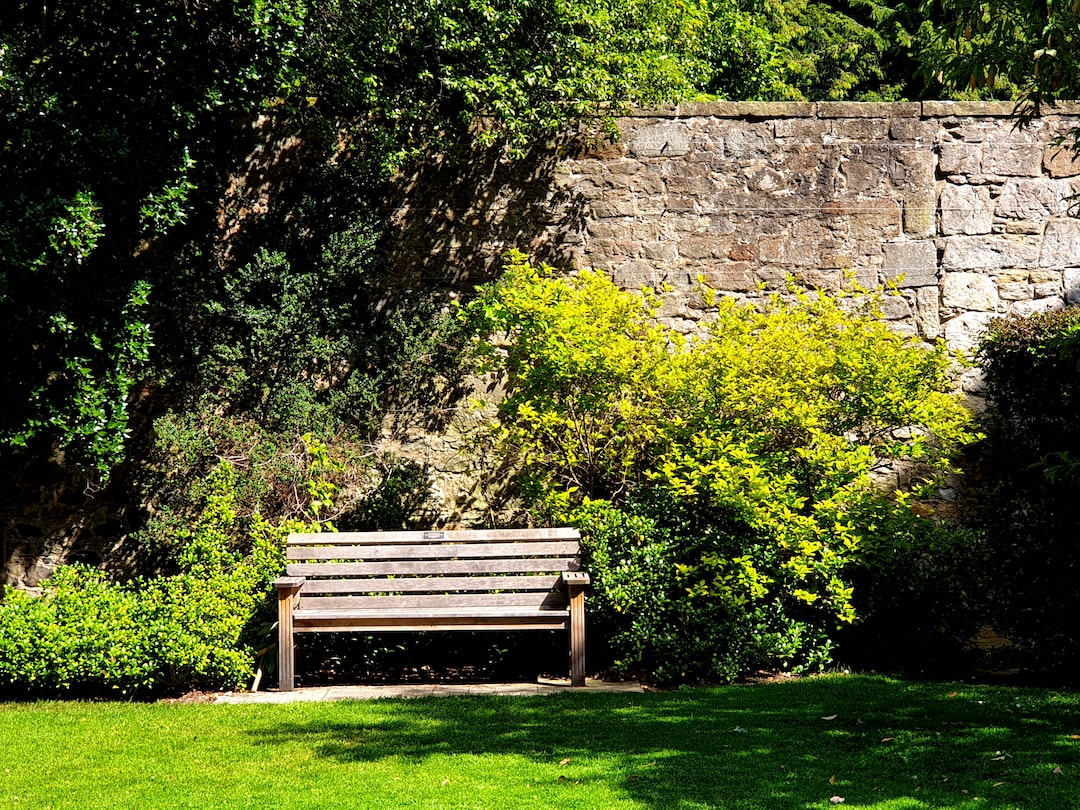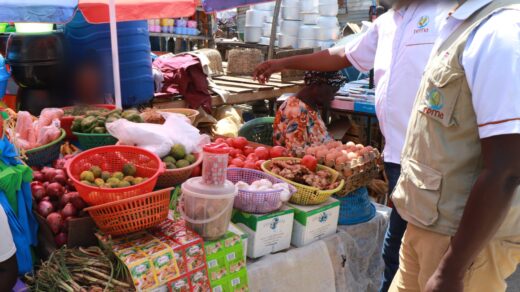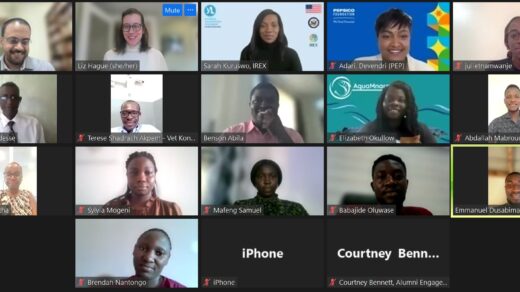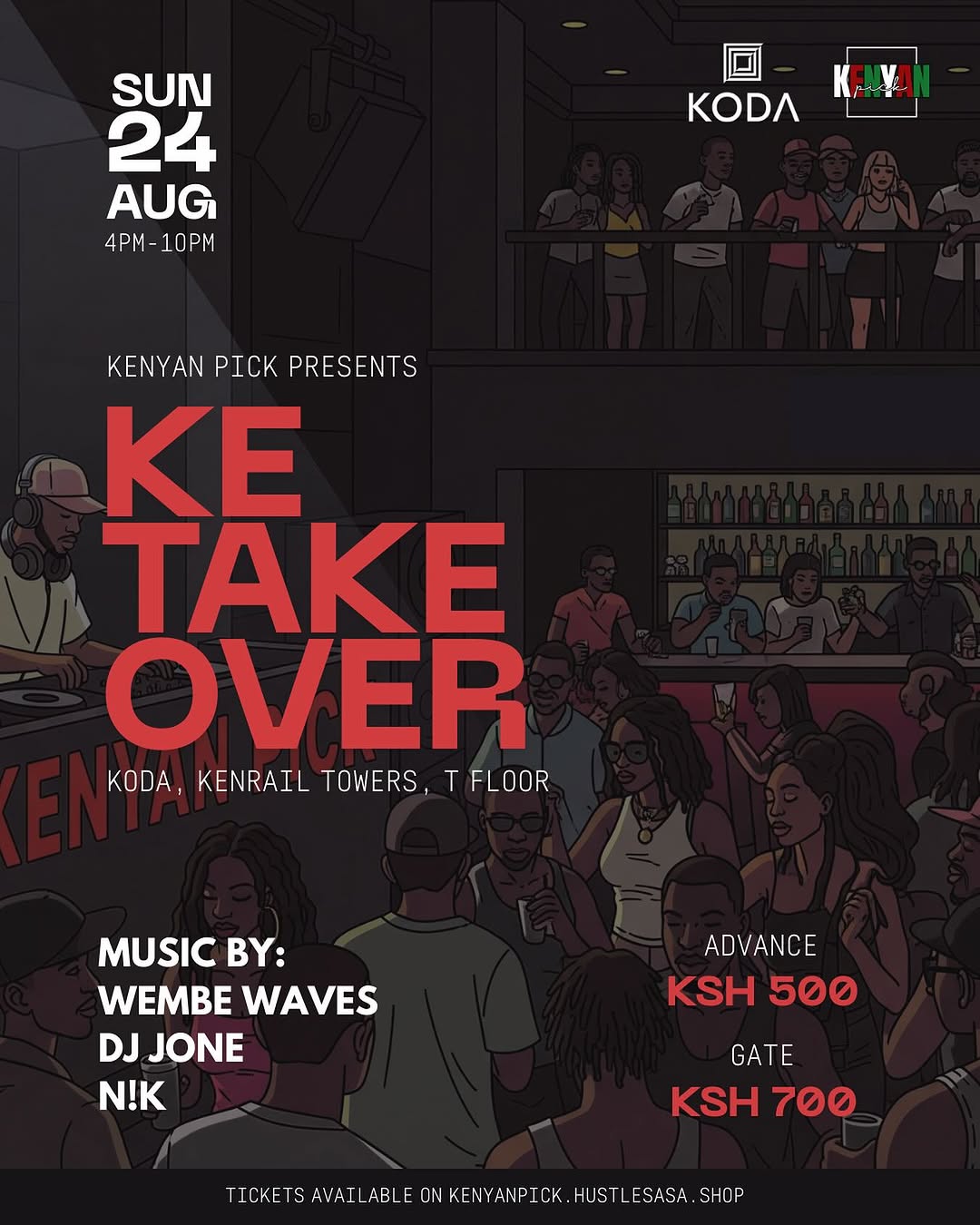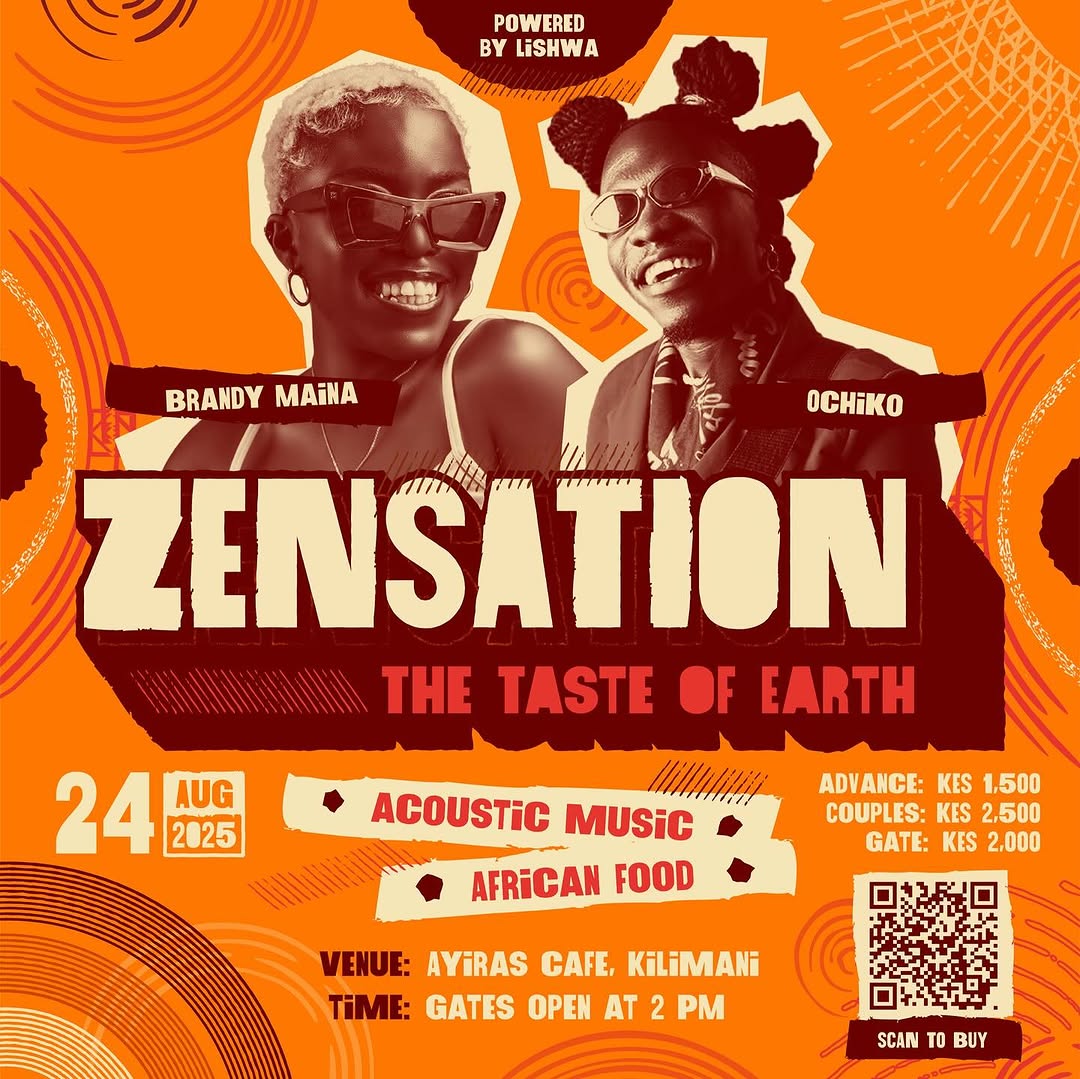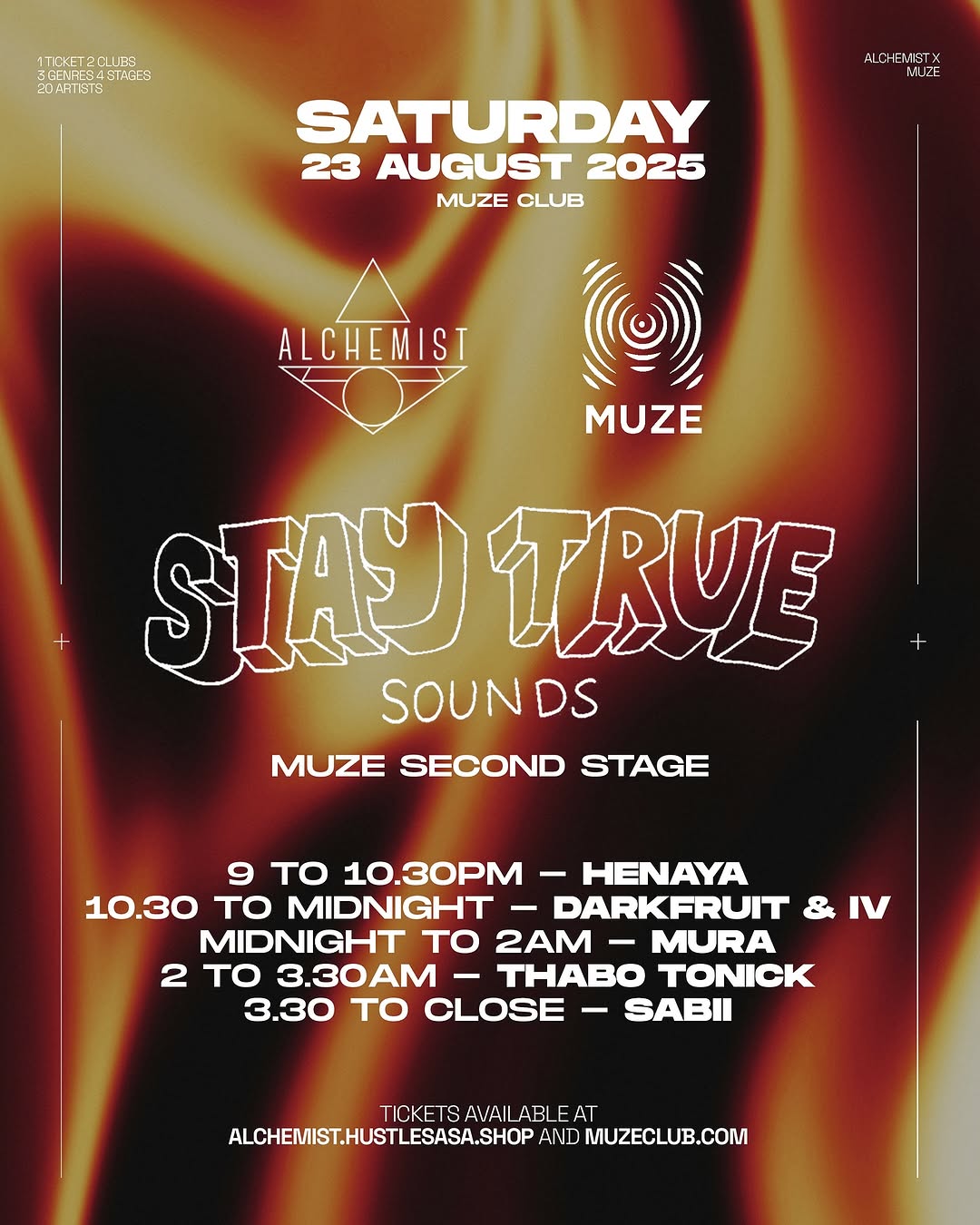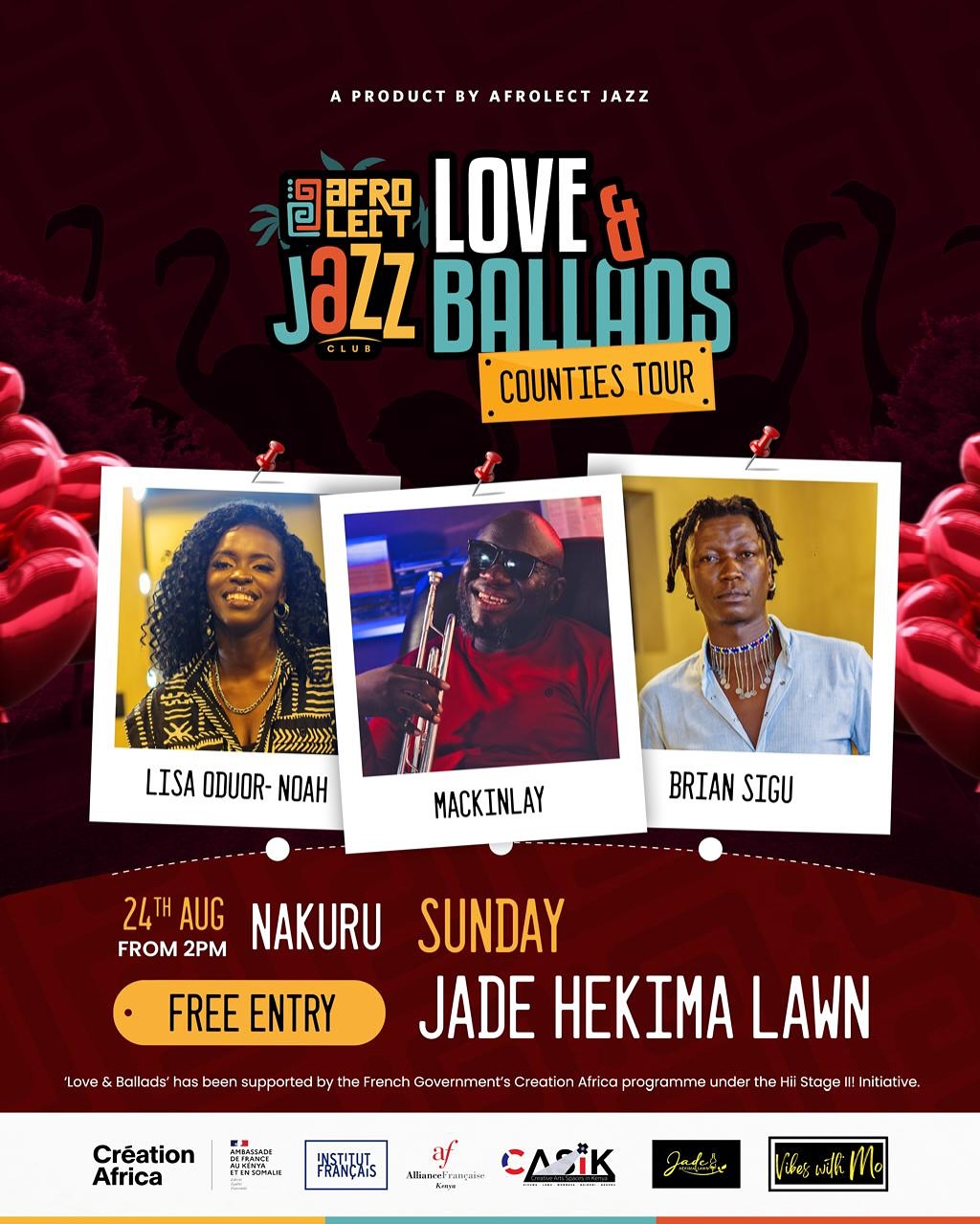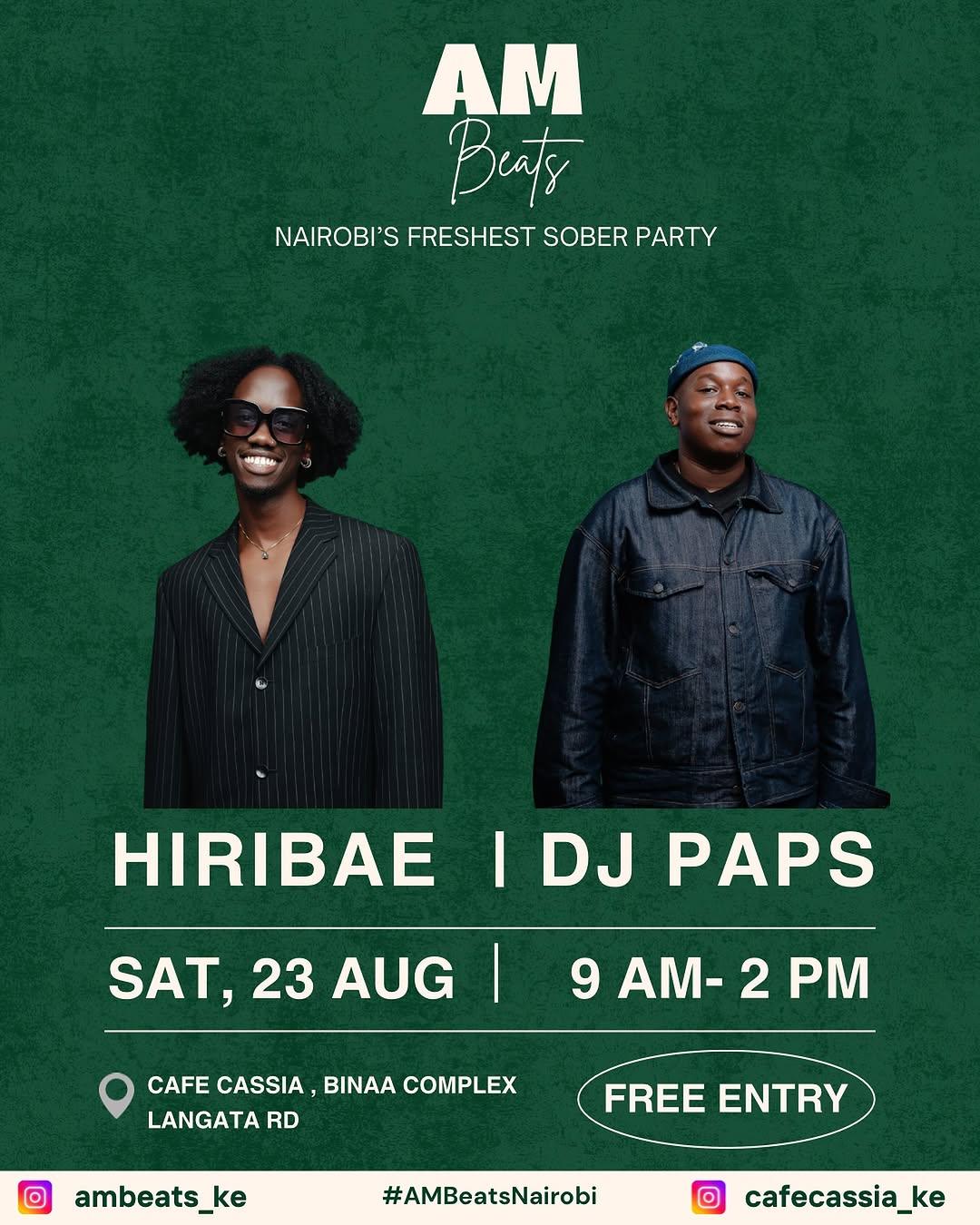The Awakening of the Maa Community: Land Rights, Carbon Credits, and Environmental Justice
The Maa community, known for its rich heritage and deep connection to the land, is facing a modern crisis rooted in climate finance and land injustice. As global conversations around carbon credits and environmental sustainability intensify, indigenous communities like the Maasai are finding themselves entangled in complex agreements that threaten their traditional ways of life.
In areas like Magadi and Oldonyonyokie, land once used for communal grazing has been targeted for carbon offset projects, often without proper consultation or understanding among the locals. This has exposed them to exploitation, misinformation, and broken promises, sparking concern about a new form of colonization masked as climate action.
As the community fights to reclaim its voice and protect its ancestral lands, the conversation around carbon credits is no longer just environmental—it’s deeply cultural, historical, and political.
1. Historical Land Injustices in Oldonyonyokie and Magadi
In the early 1990s, significant tracts of land in areas like Oldonyonyokie and Magadi were sold off, culminating in official transactions by 2004. These sales often occurred without the informed consent of the local communities. Promised compensations were either delayed or never materialized, and many community members found themselves removed from registries that were meant to ensure their participation in the benefits of these deals. Furthermore, loans tied to these land transactions became burdensome, leading to financial hardships for many. These events have left lasting scars and a deep sense of mistrust towards governmental and corporate entities involved in land dealings.
2. Carbon Credits: A New Frontier of Exploitation?
The concept of carbon credits, while globally touted as a solution to climate change, has introduced new challenges for the Maa community. Companies like Soils for the Future Africa have initiated carbon offset projects in regions like Magadi, often without adequately informing or involving the local communities. These projects have imposed grazing patterns that are incompatible with traditional Maasai pastoralist practices, leading to disruptions in their way of life. Moreover, promises of land titles and employment opportunities have largely gone unfulfilled, echoing past patterns of exploitation. This situation has been described as a form of modern colonization, where communities are subtly coerced into agreements that do not serve their best interests.
3. Community Engagement and Resistance
Despite these challenges, the Maa community is demonstrating resilience and a growing awareness of their rights. Educated members within the community are playing a pivotal role in disseminating information about climate markets, land rights, and the potential benefits of carbon credits when managed transparently and equitably. There is a concerted effort to ensure that any engagement with carbon credit schemes includes fair compensation, respect for traditional practices, and genuine community involvement.
4. The Role of Advocates and Media
Journalists and activists have been instrumental in bringing these issues to the forefront. For instance, Lynn Ngugi has produced content highlighting the plight of the Maasai community in the face of land and environmental injustices. Her work has shed light on the complexities of these issues, amplifying the voices of those affected and fostering broader public discourse.
The take away
The journey towards justice and equitable treatment for the Maa community is ongoing. However, the increasing awareness, community mobilization, and advocacy efforts signal a promising shift towards reclaiming rights and ensuring that future engagements, especially in areas like carbon trading, are conducted with transparency, fairness, and respect for indigenous practices.

